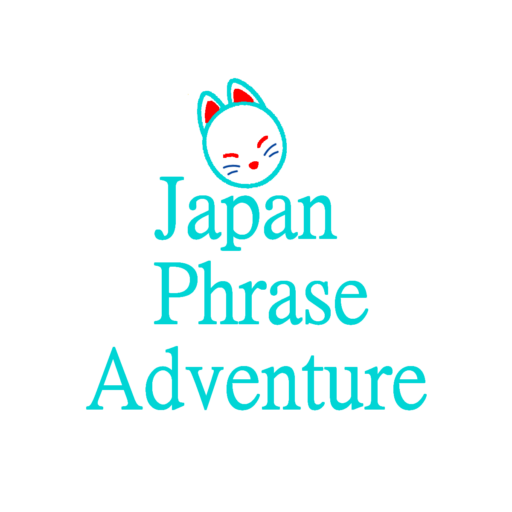Mastered Hiragana, Now What? A Beginner’s Guide to Learning Real Japanese
So you’ve mastered hiragana—congratulations! That’s a huge first step in learning Japanese. But now, you’re probably wondering:
“What should I do next?”
You’re not alone. Many learners finish hiragana and suddenly feel lost. Should I learn grammar? Vocabulary? Start reading? Jump into kanji?
Let me guide you.
Step 1: Vocabulary Comes Next – But Not Random Words!
Now that you can read hiragana, it’s time to build your vocabulary. But instead of memorizing random words, I recommend learning vocabulary in connected groups—with kanji and meanings together.
Why?
Because kanji is full of meaning. And if you learn vocabulary in context, kanji will make more sense and become easier to remember.
Let’s look at an example:
- 時間 (じかん) = time
- 時計 (とけい) = clock
Do you notice something? The same kanji 「時」 appears in both! You start to understand that 「時」 has something to do with time. That’s how you naturally begin to grasp the logic behind kanji.
Here’s another:
- 手 (て) = hand
- 手袋 (てぶくろ) = glove
You can guess that 「手」 means “hand”, and now you might wonder:
What does 「袋」 mean?
This curiosity helps you chain your learning—like pearls on a string.
This is the vocabulary method I personally recommend. Learn related words together, and let kanji reveal its meaning naturally as you go.
Spoken Japanese vs. Written Japanese
Here’s something most beginners don’t realize:
Japanese has two different “languages.”
- Spoken Japanese – what you hear in conversations, daily life, TV
- Written Japanese – used in textbooks, essays, and the JLPT
Even if you pass the JLPT (Japanese Language Proficiency Test), that doesn’t mean you’ll understand real conversations.
You might still think:
“I passed N4, but I can’t understand what native speakers are saying!”
This is totally normal.
The JLPT focuses on written, formal Japanese. But real Japanese—the kind people use every day—is often faster, simpler, more casual, and full of things not covered in textbooks.
My Teaching Philosophy: Real Japanese First
Of course, if you want to work or study in Japan, having a JLPT certificate is important.
But I believe that being able to actually speak and understand real-life Japanese is even more important.
That’s why I created my YouTube channel: Japan Phrase Adventure.
On my channel, you’ll learn:
- Real, spoken Japanese used by natives
- Words and phrases that children in Japan learn first
- Content that builds naturally, with vocabulary repeated and reinforced
I follow a “spoken first, written later” approach—just like how Japanese kids learn.
Later, we’ll move into polite forms, writing skills, and formal expressions step-by-step.
If you’re a true beginner, or if you’ve passed the JLPT but still feel stuck in real conversations, my channel is made for you.
Bonus: Free Workbook Downloads!
To support your learning, I’ve created printable workbooks that go along with the YouTube videos.
You can:
- Practice writing words from each video
- Review vocabulary in hiragana, katakana, and kanji
- Track your progress as you go
Visit my blog to download the free workbooks and start building your Japanese skills in a fun, connected way.
Let’s Build Real Japanese Together
Learning Japanese isn’t about memorizing random grammar points or endless word lists.
It’s about building connections, understanding meaning, and practicing what you learn in real situations.
So if you’ve mastered hiragana, don’t stop now.
Start learning words with purpose, listen to real Japanese, and grow your skills naturally.
I’m here to help. Let’s go on this journey together!
About the Author
This article was written by Miyabi, a Japanese mom raising two energetic boys while sharing real, practical Japanese with learners around the world.
Follow Miyabi’s journey and get updates here:
Facebook Page


